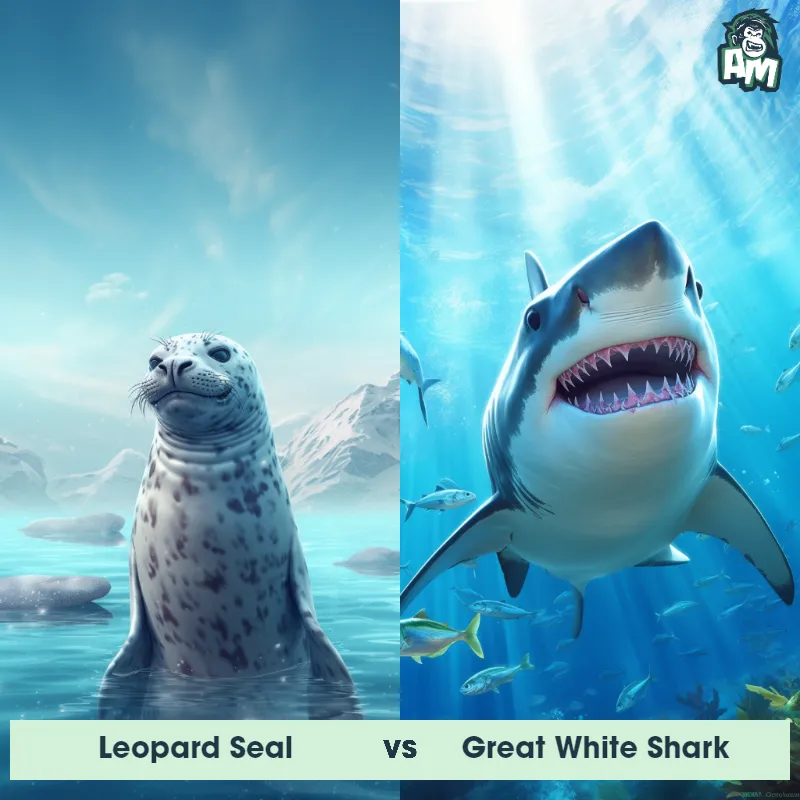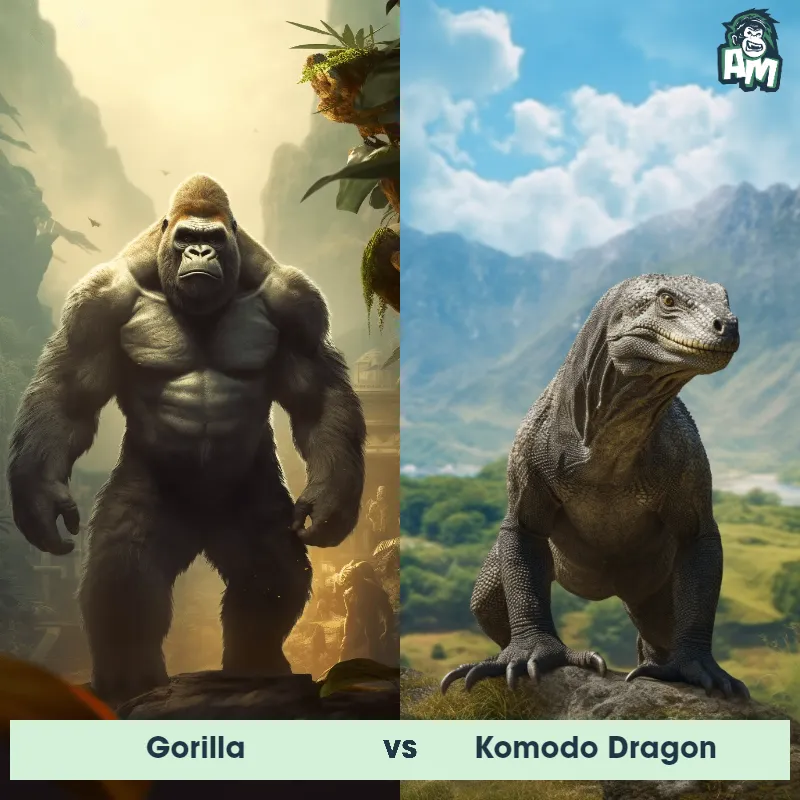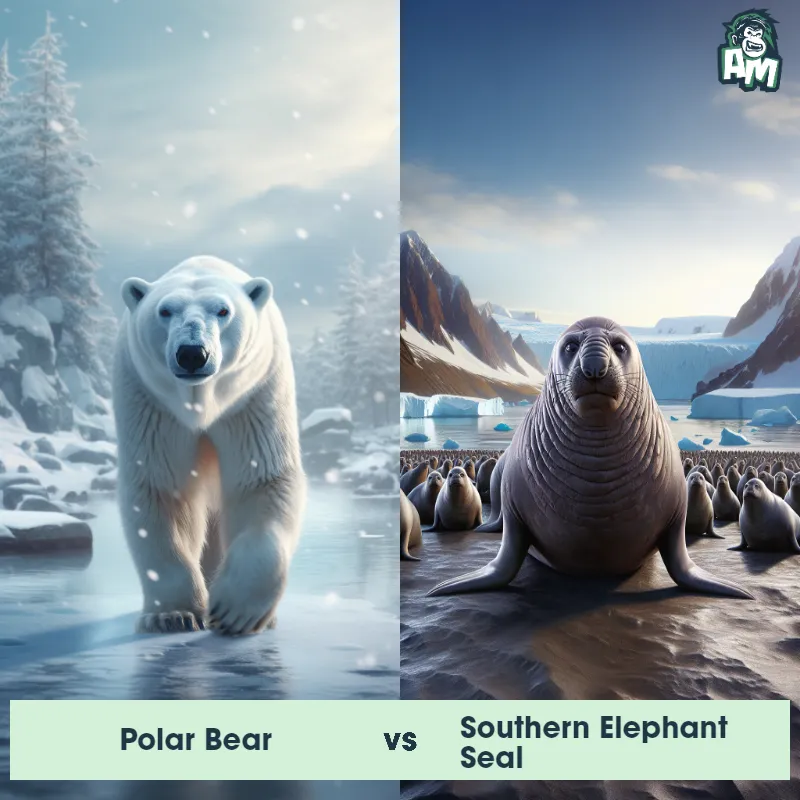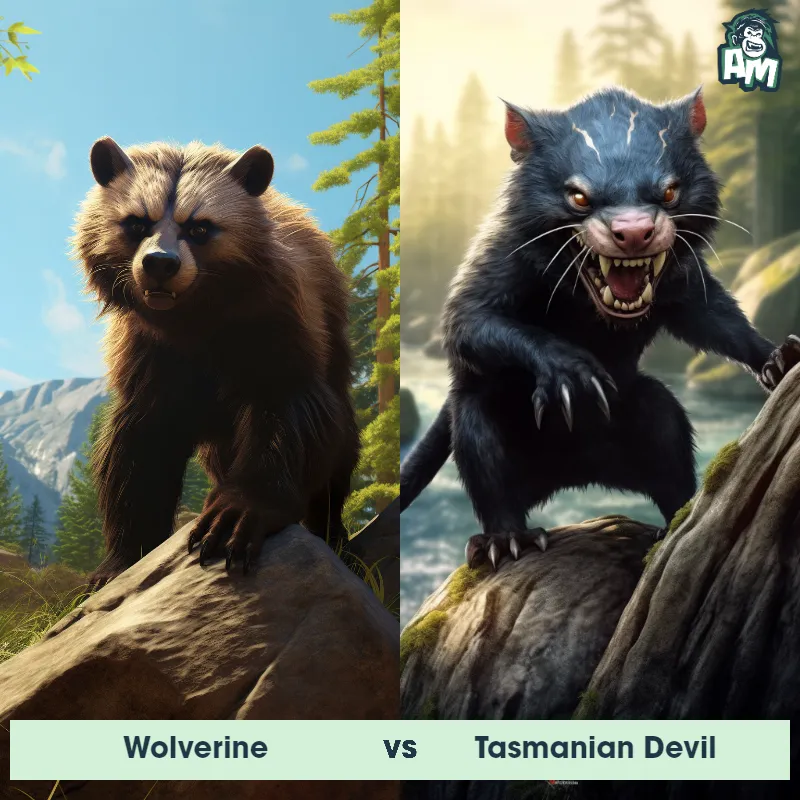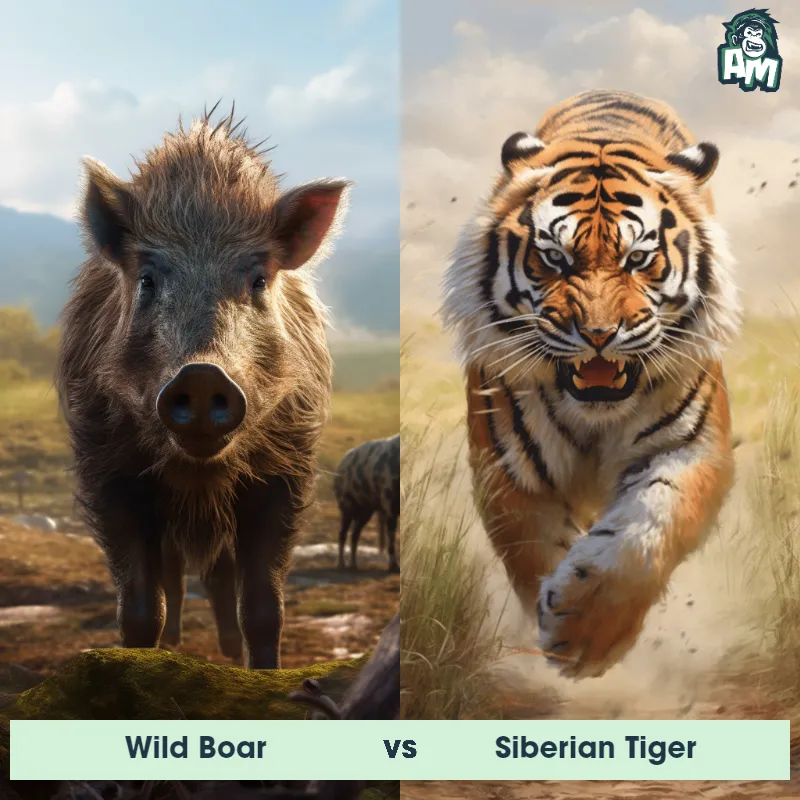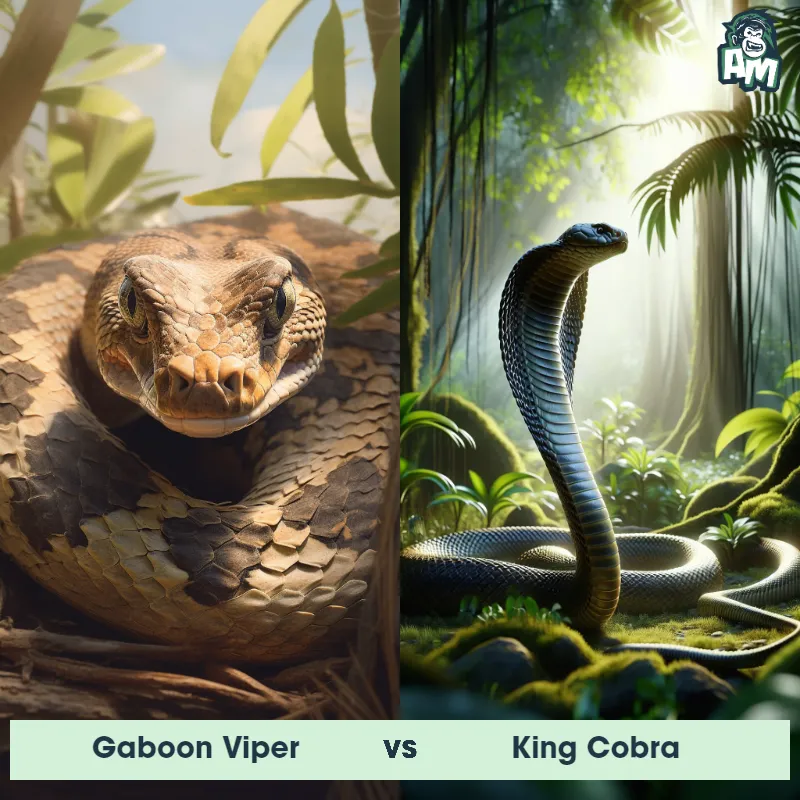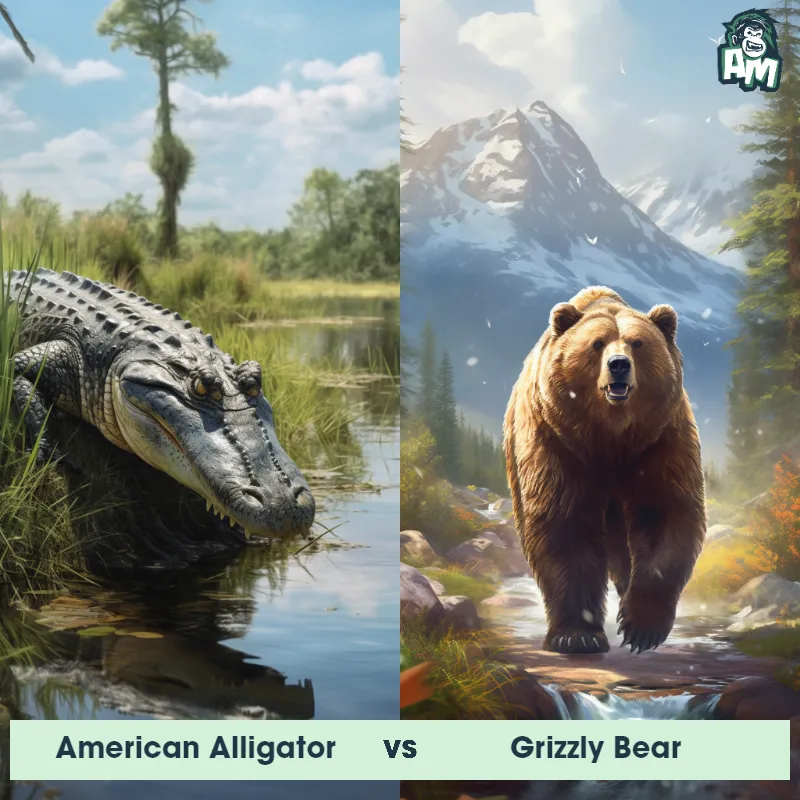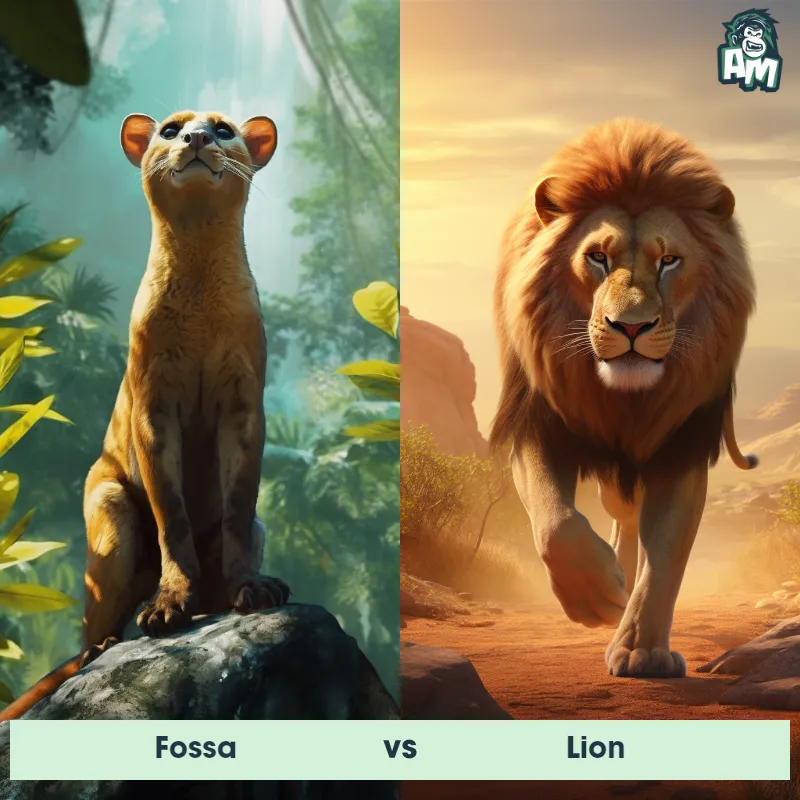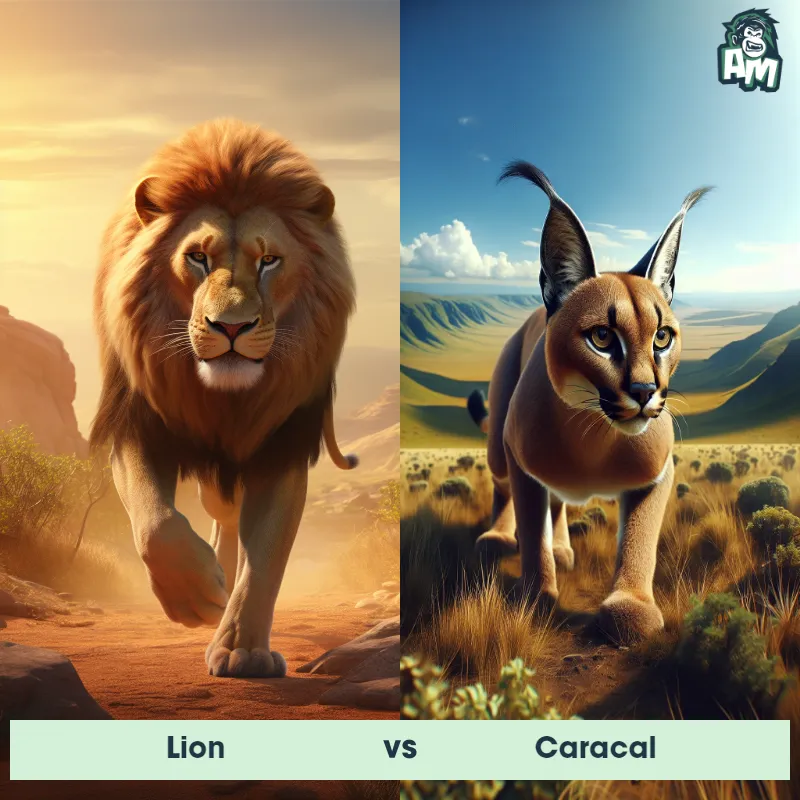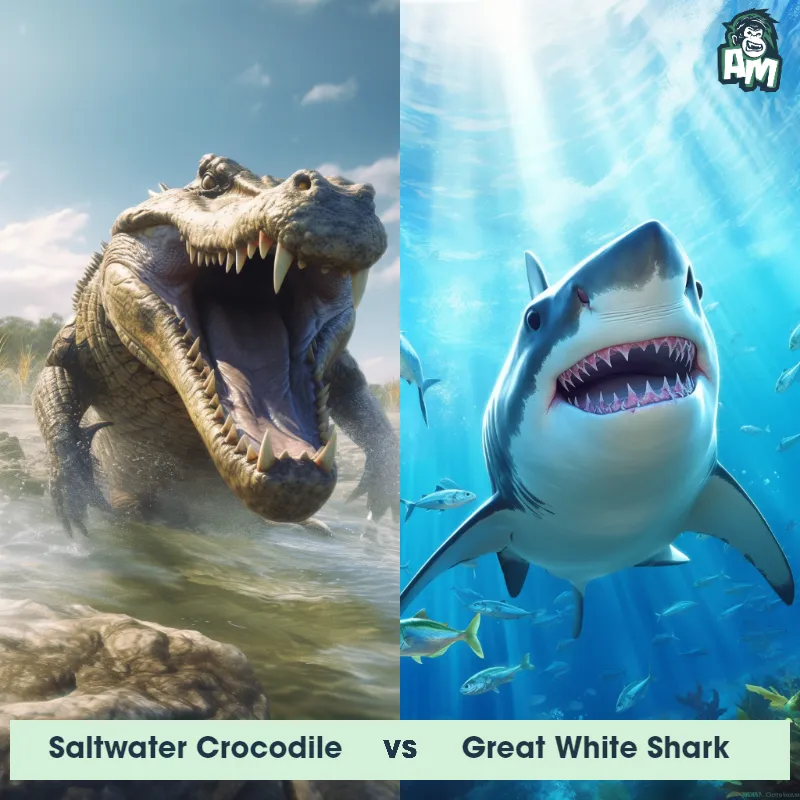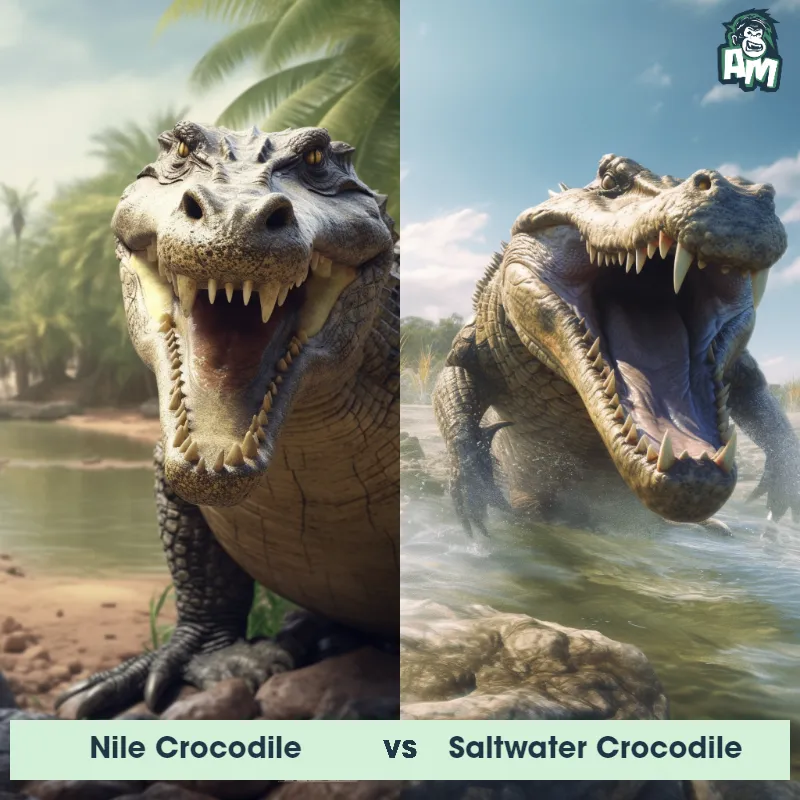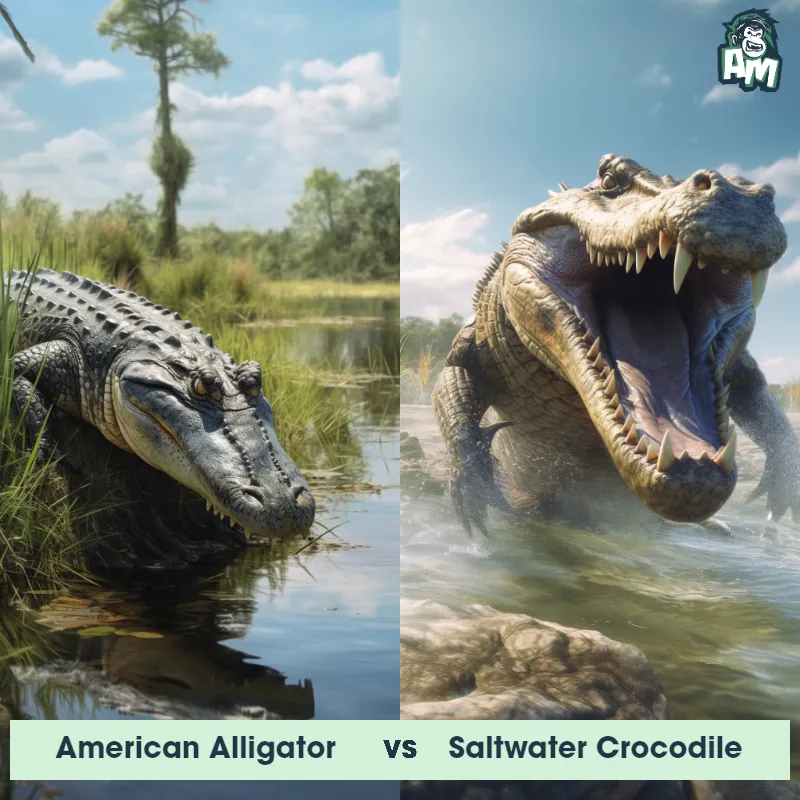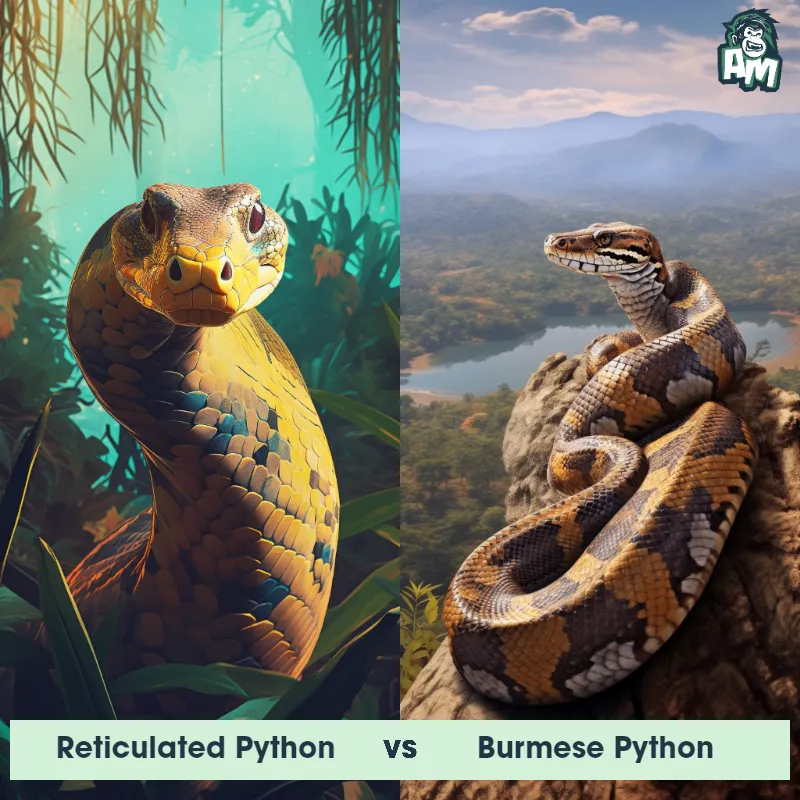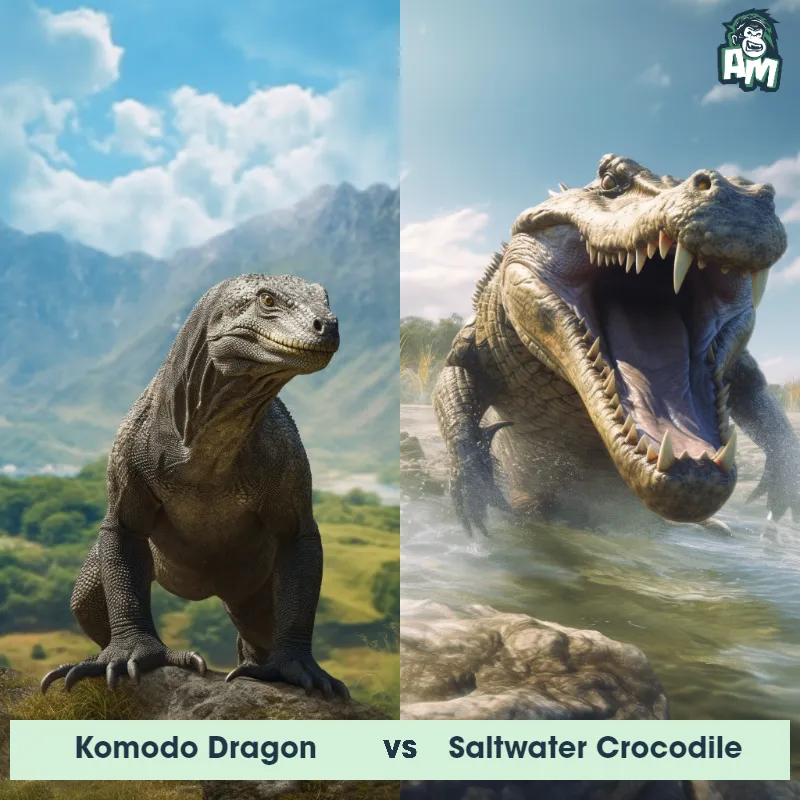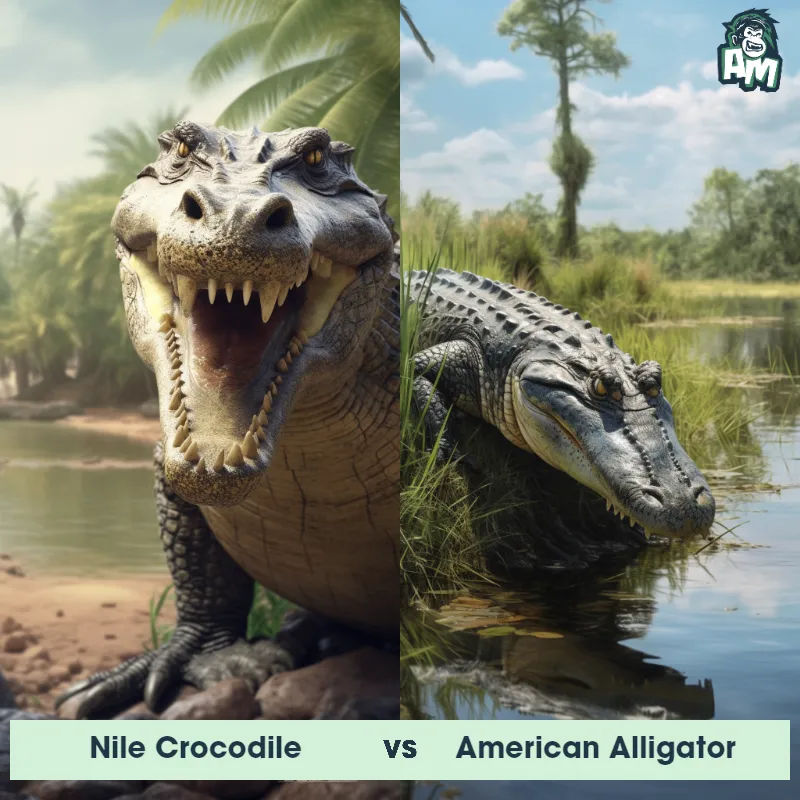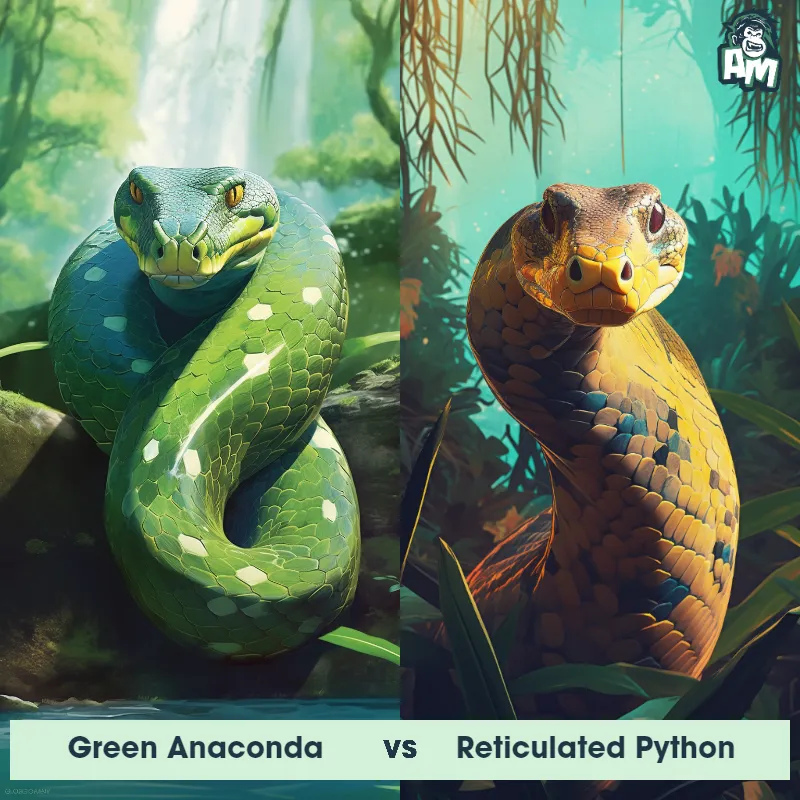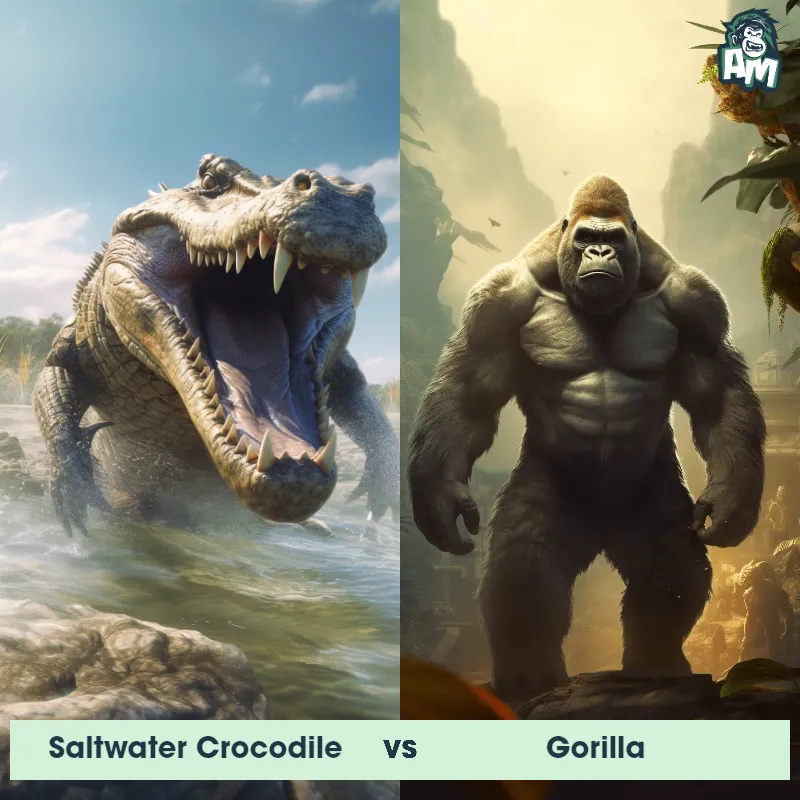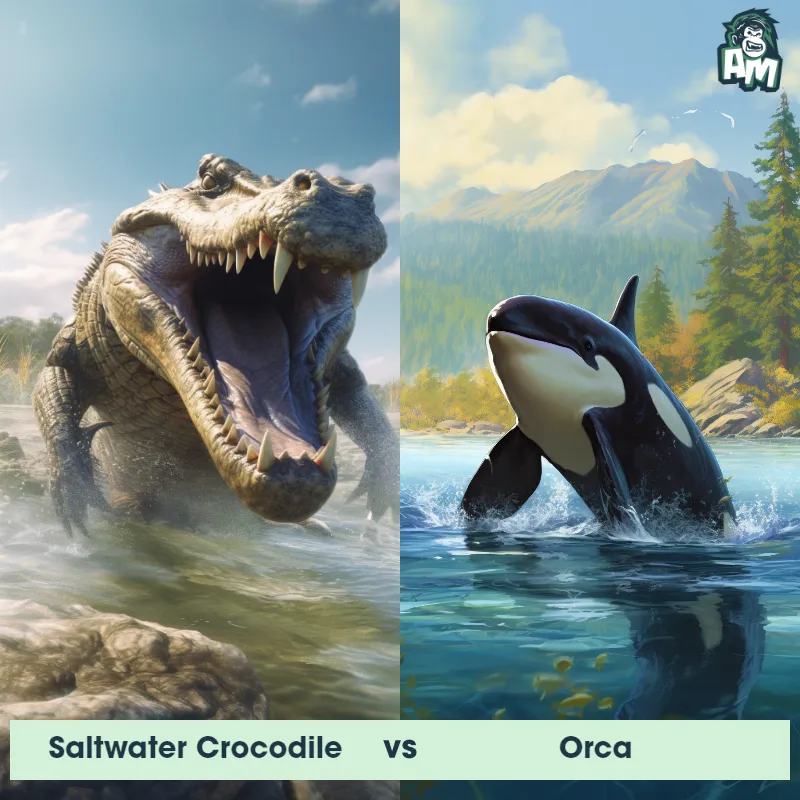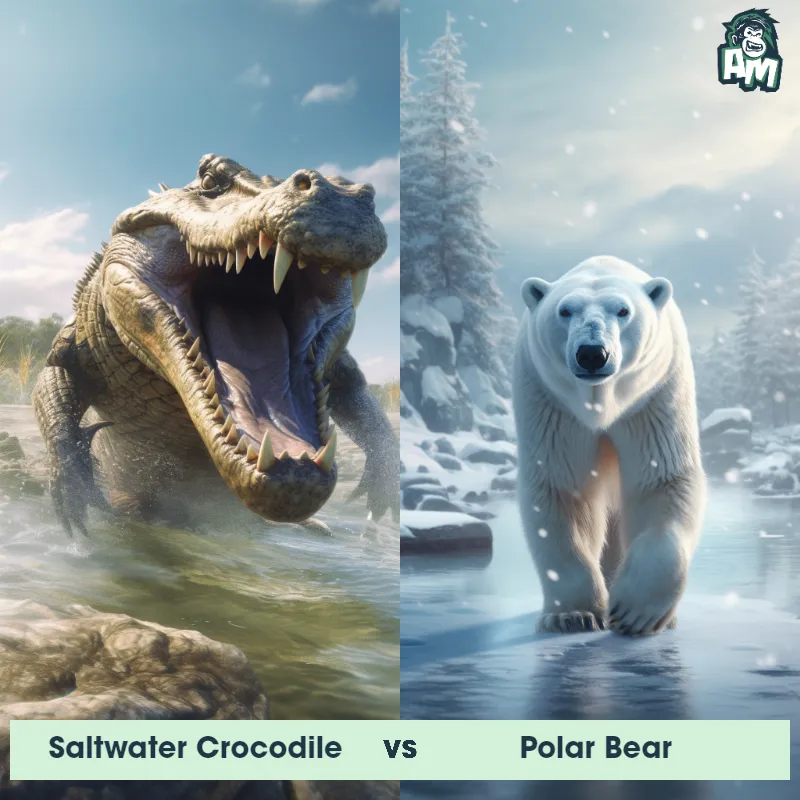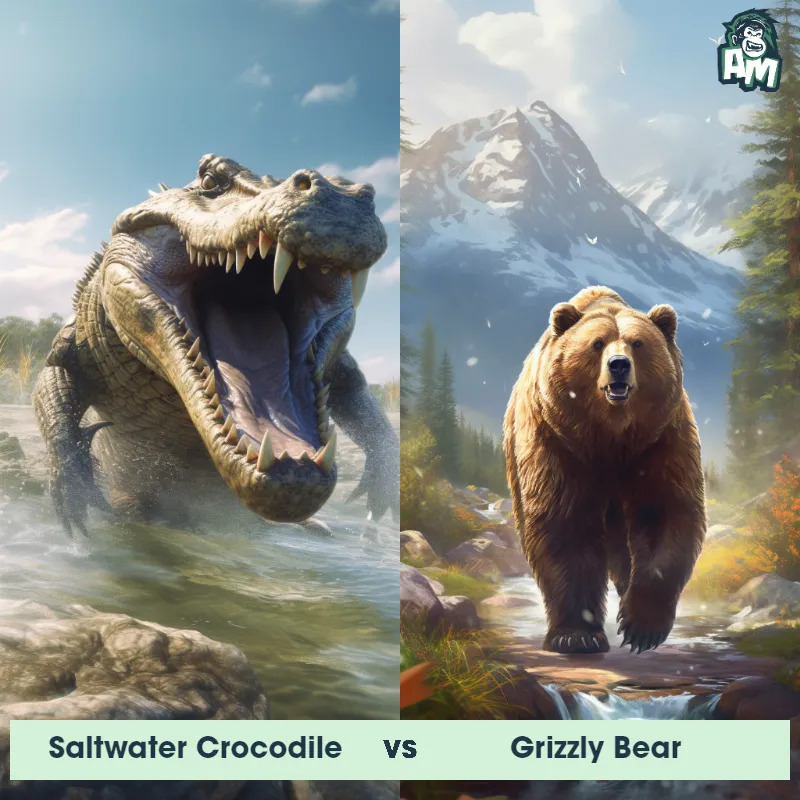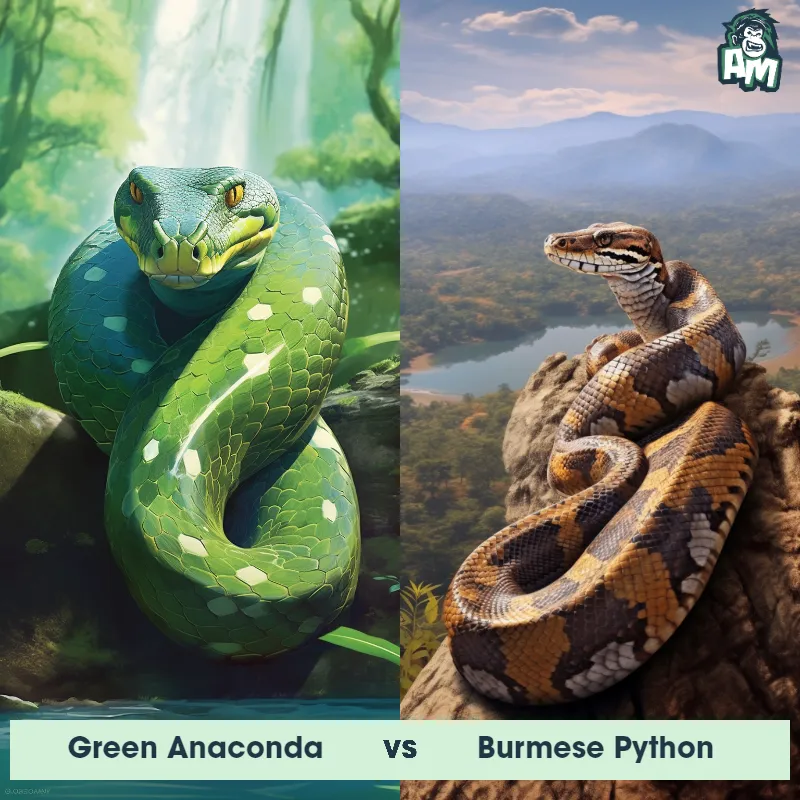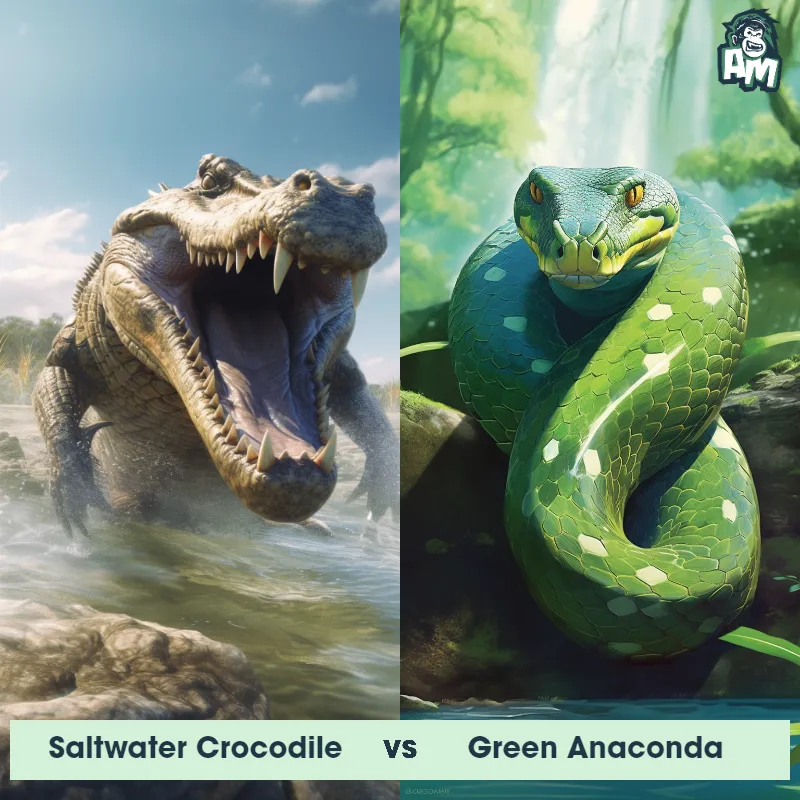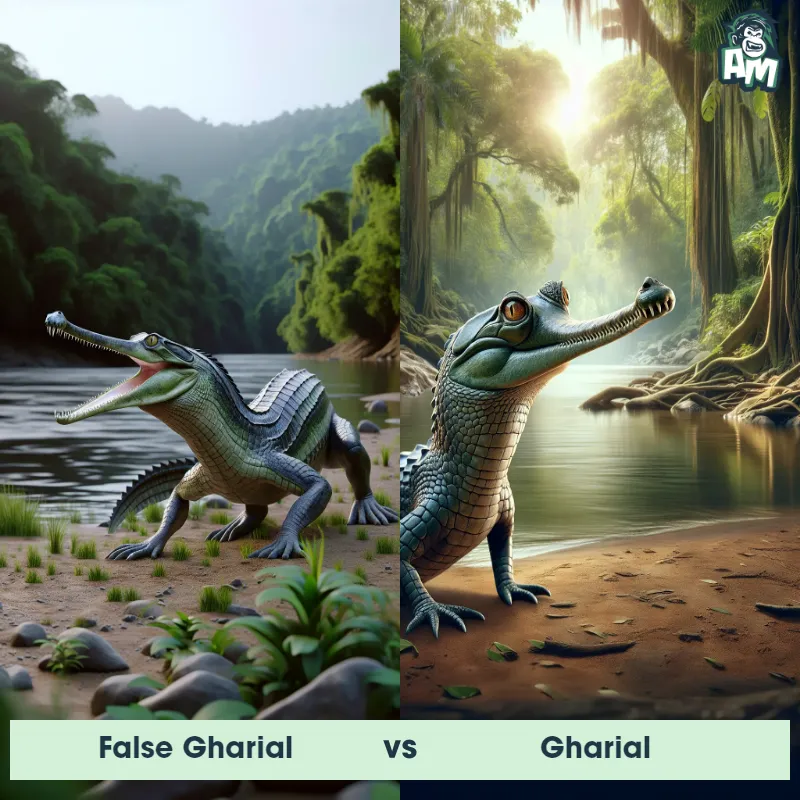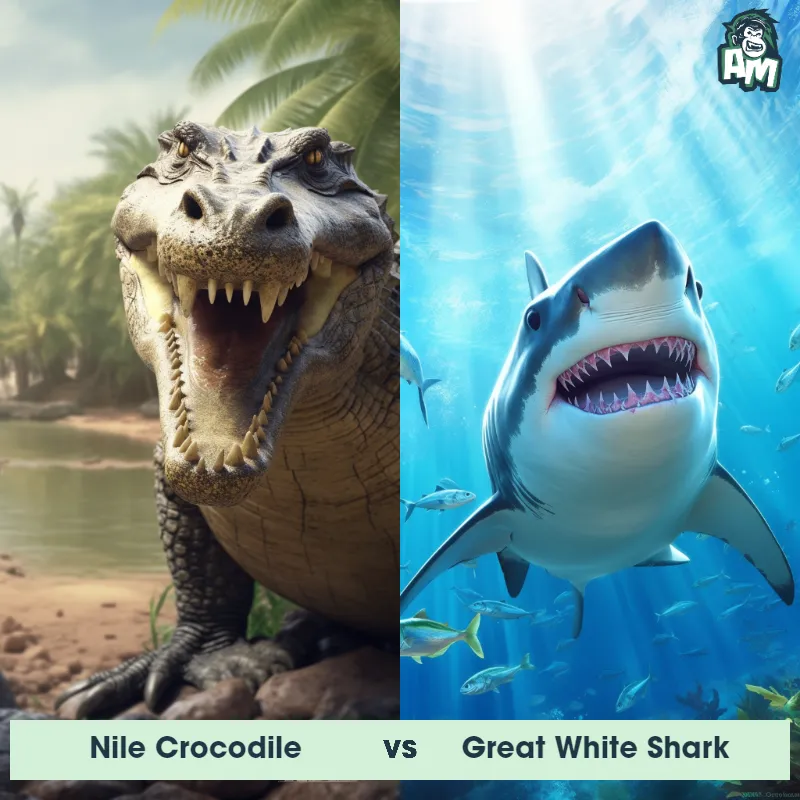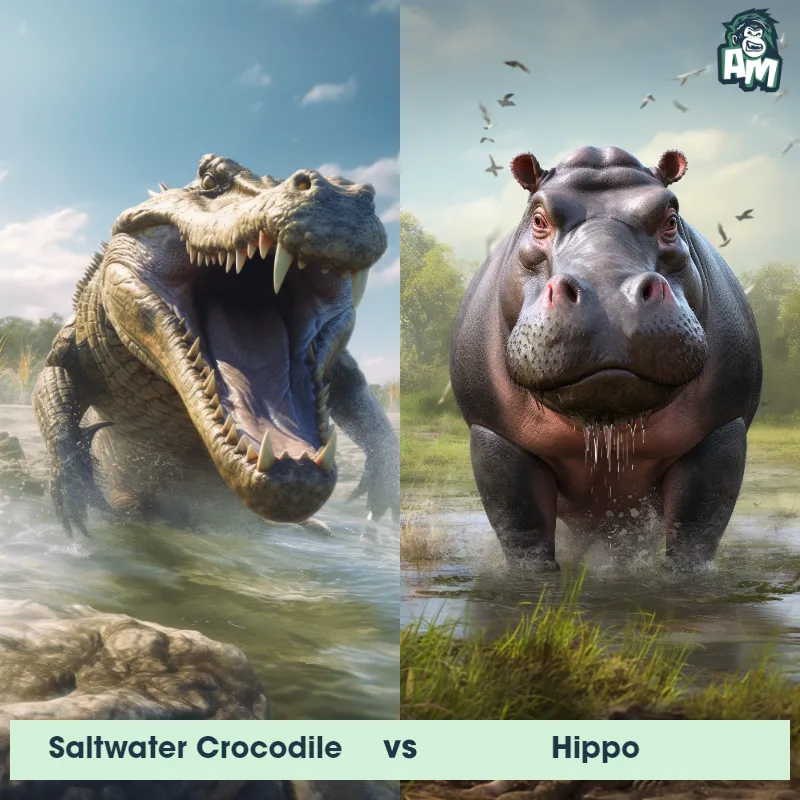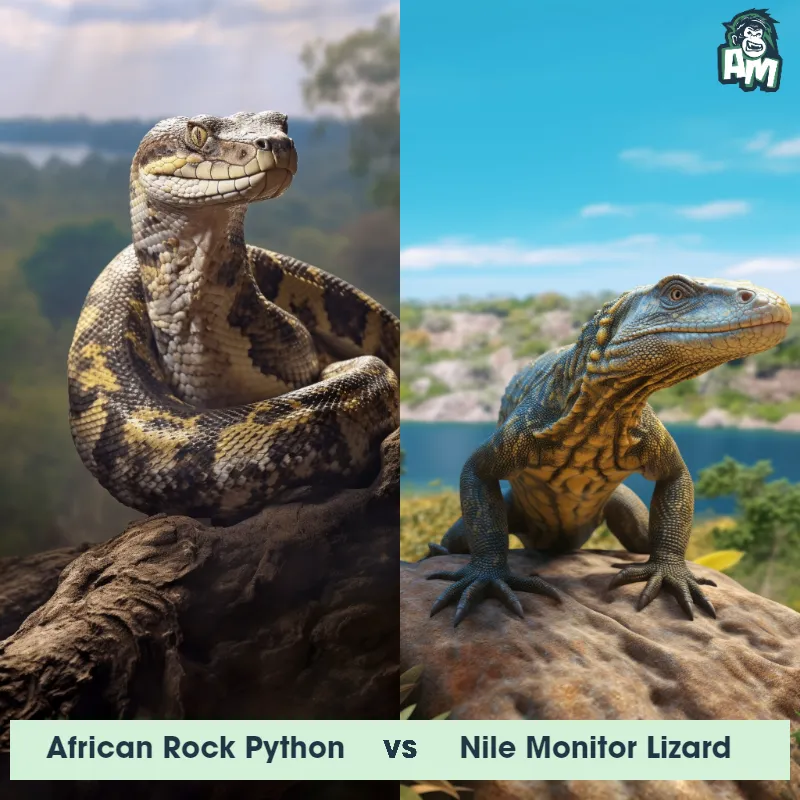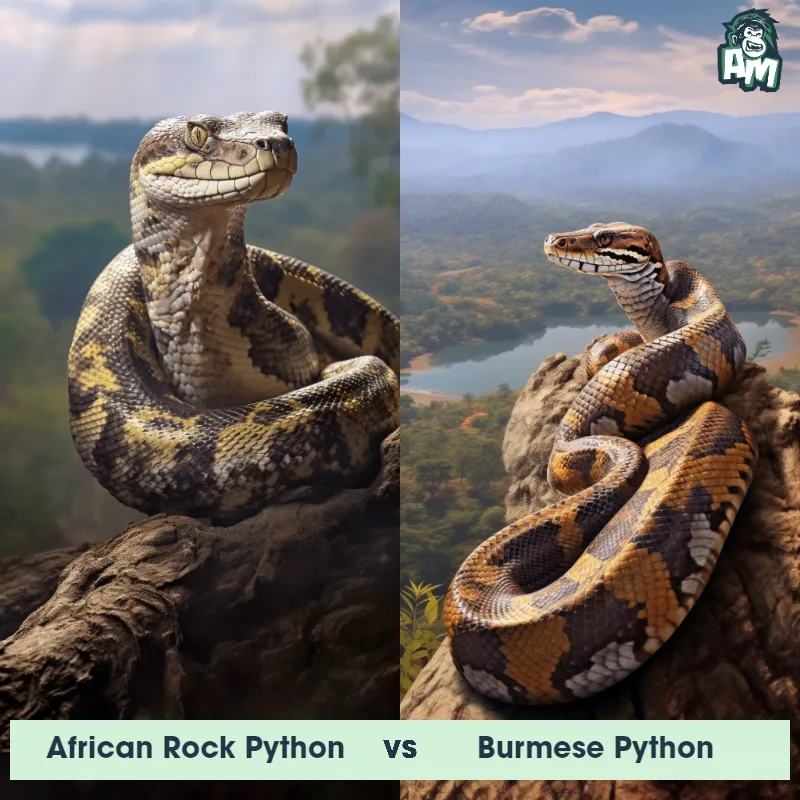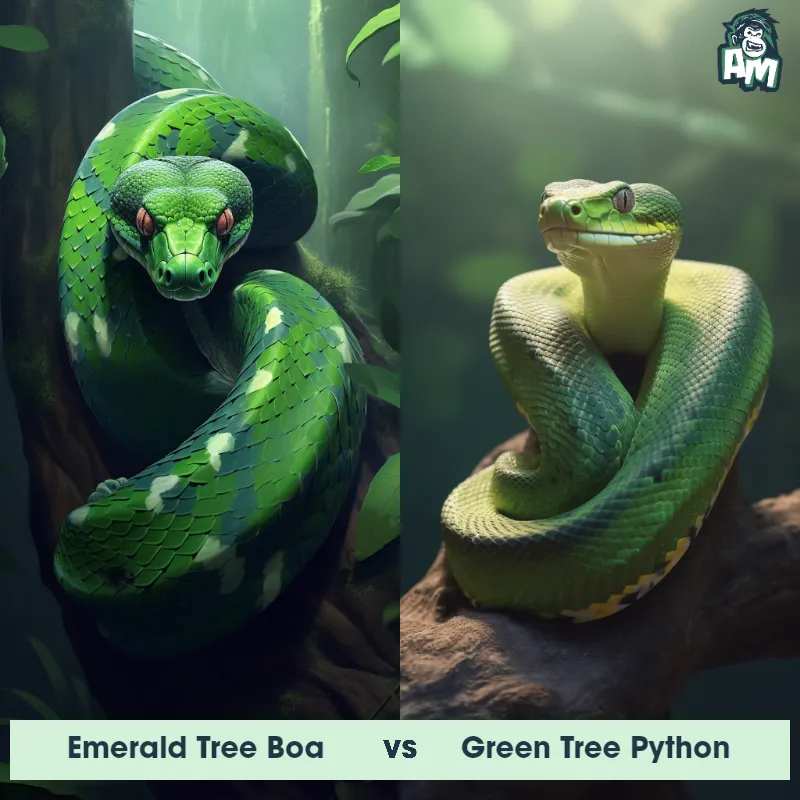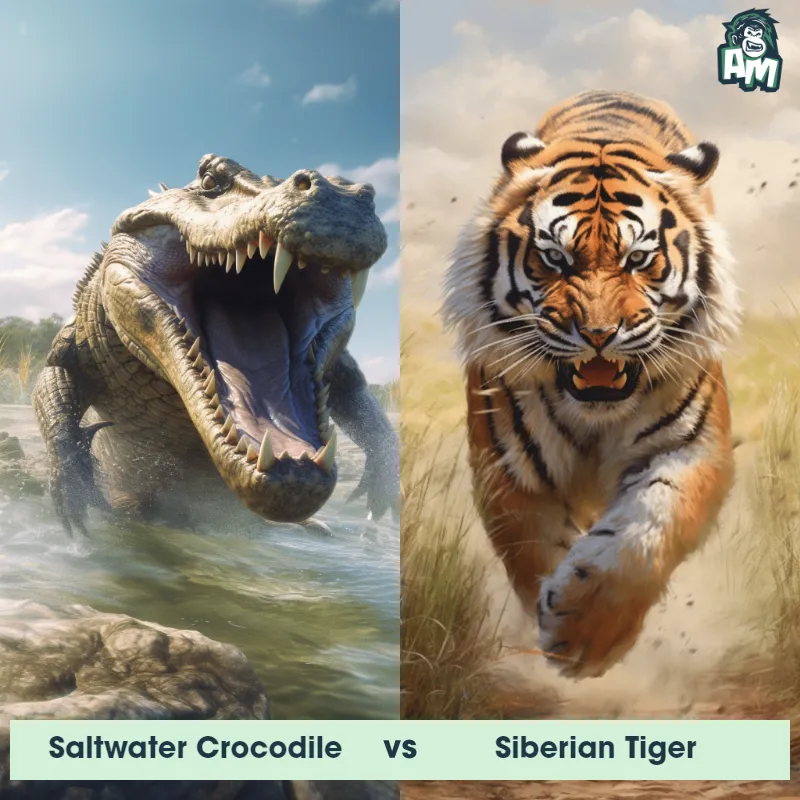Saltwater Crocodile vs Burmese PythonSee Who Wins

Ladies and gentlemen, welcome to this epic matchup between two formidable creatures of the wild! We have a thrilling showdown tonight, as a Saltwater Crocodile goes head-to-head with a Burmese Python. Both renowned for their strength and deadly tactics, this promises to be an enthralling contest. Let's dive straight into the action and witness this fierce battle unfold!
Contender 1: Saltwater Crocodile
The Saltwater Crocodile, also known as the estuarine crocodile, is the largest living reptile in the world, with males reaching up to 23 feet in length and weighing over a ton. They have a powerful jaw with over 60 teeth and are covered in tough, scaly skin that ranges from grayish-brown to black in color. They are found in the brackish and freshwater habitats of Southeast Asia and Northern Australia and are known for their aggressive behavior towards humans.
Fun Fact: Saltwater Crocodiles have the strongest bite force of any animal in the world, with a bite strength of up to 3,700 pounds per square inch, which is strong enough to crush a car.
Contender 2: Burmese Python
The Burmese Python, also known as Python bivittatus, is one of the largest snakes in the world, growing up to 23 feet in length and weighing up to 200 pounds. They have a distinctive pattern of brown and tan scales with dark blotches, and their heads are shaped like a triangle. Burmese Pythons are non-venomous and kill their prey by constriction, squeezing their prey until it suffocates.
Fun Fact: Burmese Pythons are excellent swimmers and can stay underwater for up to 30 minutes at a time.
Matchup Stats
| Saltwater Crocodile | Burmese Python | |
|---|---|---|
| Size | Up to 23 feet (7 meters) | Up to 23 feet (7 meters) |
| Weight | Over a ton (1,000 kg) | Up to 200 pounds (91 kilograms) |
| Speed | Land Speed: 11 mph (18 km/hr) | Speed: 5 mph (8 km/hr) |
| Key Strength | Powerful jaw with 64-68 teeth and strongest bite force of any animal in the world | Constriction |
| Biggest Weakness | Slow on land and vulnerable to attacks on the soft underbelly | Vulnerable to attacks on the head |
Current Votes
Saltwater Crocodile vs Burmese Python
See Who Wins
View More Matches
Looking For More?
Similar Matches
Scientific Stats
| Saltwater Crocodile | Burmese Python | |
|---|---|---|
| Scientific Name | Crocodylus porosus | Python bivittatus |
| Family | Crocodylidae | Pythonidae |
| Habitat | Brackish and freshwater habitats | Terrestrial |
| Geography | Southeast Asia and Northern Australia | Southeast Asia |
| Diet | Carnivorous, preys on fish, birds, mammals, and other reptiles | Carnivorous, preys on mammals, birds, and reptiles |
| Lifespan | 70 years - 100 years | 20 years - 30 years |
Key Differences between Saltwater Crocodile and Burmese Python
- Skin Texture: Crocodiles have rough and scaly skin, with bony plates called scutes, giving their skin a ridged appearance, whereas Pythons have smooth and glossy scales that create a sleeker skin texture.
- Coloration: Saltwater Crocodiles have a dark olive or gray-brown body color, often with light yellow undersides, while Burmese Pythons have a light to dark brown background coloration with dark brown blotching or patches along their bodies.
- Head Shape: The Saltwater Crocodile has a broad and flat head, with a V-shaped snout and prominent ridges above the eyes, while the Burmese Python has a more narrow and elongated head, with a rounded snout and smaller eyes.
- Distinguishing Feature: The Saltwater Crocodile possesses large, powerful jaws lined with rows of sharp teeth, including visible front teeth when the jaw is closed, whereas the Burmese Python lacks visible front teeth when its mouth is closed.
- Size: The Saltwater Crocodile is significantly larger than the Burmese Python, with adult crocodiles reaching lengths of up to 20 feet, while pythons typically grow to around 12 feet in length.
- Body Shape: The Saltwater Crocodile has a long and streamlined body, well-adapted for swimming, whereas the Burmese Python has a robust, muscular body with a more cylindrical shape.



